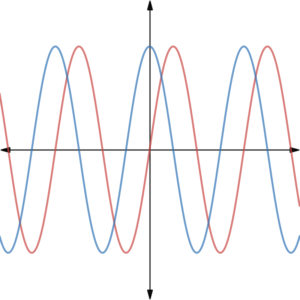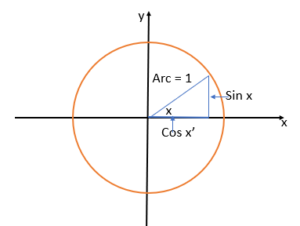What is a Sine Function?

The sine function (sin x) is a wave-like function, sometimes called a sine wave or sunusoid. It’s type of trigonometric function and is also classified as a periodic function. Trigonometric functions are functions involving angles while periodic functions repeat at set intervals.
It is sometimes called the real sine function to set it apart from its complex-valued counterpart.
For the cardinal sine function, see: Sinc Function.
Trigonometric Meaning
The sine function is trigonometric, which means that it tells you something about circles and angles.
One way to define the sine function is in terms of a triangle. The sine tells you the vertical coordinate of an arc’s endpoint on a unit circle.
In a right angle, the sine is a ratio: the length of the opposite side (O), divided by the hypotenuse. You may remember the familiar acronym SOHCAHTOA: The first part (SOH) deals with the sine: Sine = Opposite / Hypotenuse.
The relationship between the sine and the other parts of a right angle can best explained with a graph:

Domain, Range, and Period of the Sine Function
- The domain is the set of all real numbers.
- The range is from -1 to 1.
- The period of the function sin(x) is 2π.
Real Life Examples
The sine function has many real life applications, a few of which are:
- Triangulation, used in GPS-equipped cellphones,
- Musical notes,
- Submarine depth,
- Length of a zip line,
- Ski slope angle, length and height,
- Directional bearings for pilots, including bearing and distance from a port.
Note that the cosine function can also be used, as sin/cos are so closely related to each other.
References
Brown, K. Real-Life Applications of Sine and Cosine Functions. Retrieved November 19, 2019 from: https://www.dti.udel.edu/content-sub-site/Documents/curriculum/guide/2013/Thinking%20and%20Reasoning/units/13.02.01.pdf
Larson, R. (2012). Precalculus: Real Mathematics, Real People. Cengage Learning.
Wilson, J. Sine Functions. Retrieved November 29, 2019 from: http://jwilson.coe.uga.edu/EMAT6680Su07/Charlot/Larousses’Bio/sinefunction.htm